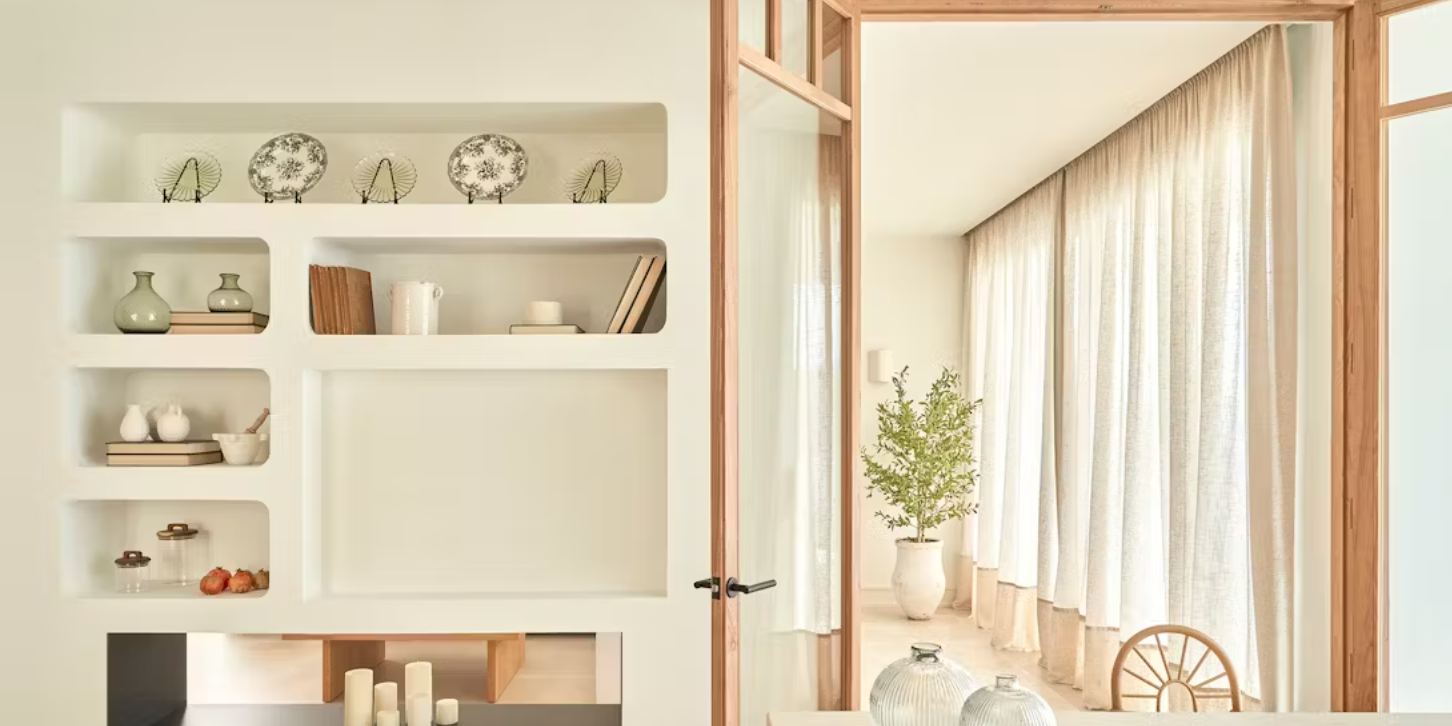Prepare your home to fight allergies and purify the environment.
In our day-to-day lives, our home can become a battleground for allergies, with invisible enemies lurking around every corner. From pollen crawling through windows to tiny dust mites lurking in the dust, allergies can affect many people’s quality of life. But all is not lost. With a few simple, practical tips, we can transform our home into a safe, allergy-free haven.
The most common causes of allergies in the home:
- Plants: Some plants release a certain type of pollen that can trigger allergies at specific times of the year.
- Dust mites: Tiny dust mites, common in-house dust, are a major cause of allergies throughout the year.
- Trees: Like plants, trees also emit pollen, which can trigger seasonal allergies at certain times.
- Mould: In damp home environments, mould is common, which may trigger respiratory allergies.
- Pets: Pet hair, dander and saliva can aggravate allergies in the home environment.
Tips for allergy-proofing your home
- Regular cleaning is essential to eliminate dust and dust mites that accumulate daily on furniture and curtains. Remember to vacuum carpets, damp mop wooden floors and keep bedding clean, washing sheets and pillows weekly to get rid of any allergens.
- The level of humidity and temperature in the home can encourage the reproduction of mites and mould. Therefore, to prevent their appearance, it is important to keep humidity levels between 30% and 50% and the temperature between 20 °C and 22 °C. In addition, use dehumidifiers, ventilate rooms, and clean or change filters in heating, cooling systems and air conditioners at least once a month.
- Remove pet hair: Pet hair is known to be one of the main triggers of allergies in the home. To mitigate this problem, it is advisable to bathe and brush your furry friends regularly. In addition to reducing the amount of loose hair in the environment, these practices also help to maintain your pet’s hygiene and promote their overall health.
- Open or closed windows? To improve indoor air quality, it is essential to ventilate your home for at least 15 minutes a day, especially in times of high pollen counts, such as spring. After this period, it is important to close the windows to prevent the entry of more harmful particles.
- Air purifier: HEPA filters and air purifiers are effective tools for removing dust particles, pollen and other allergens from the air in your home. Place them strategically in key areas, such as the living room and bedrooms, to maximise their effectiveness.
- Use hoovers with HEPA filters: Integrating the above-mentioned filters into hoovers can be essential for trapping smaller allergens that conventional models cannot access, ensuring a more thorough and effective cleaning, especially in households with allergic or sensitive to airborne particles.
- The use of cleaning products containing chemicals and strong fragrances can trigger allergies in some people. To avoid this risk, it is advisable to opt for natural products. You can even prepare them yourself using ingredients such as vinegar, baking soda and lemon, which are effective for cleaning and disinfecting without compromising the health and well-being of those living in the home.
Maintaining an allergy-free home is not an impossible task. With a combination of preventive measures, we can significantly reduce the presence of allergens in our home environment.
